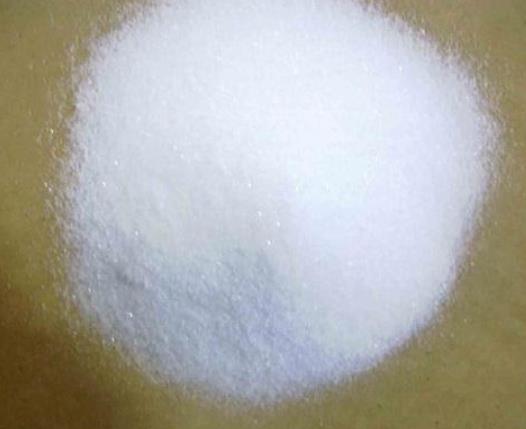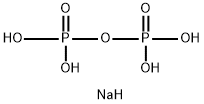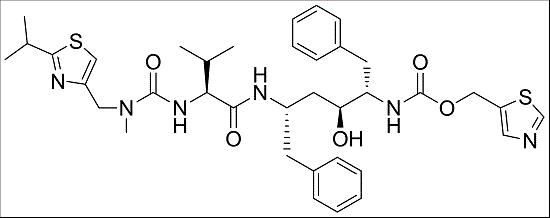Sodium Acid Pyrophosphate Food Grade: A Crucial Ingredient in Modern Food Processing
Introduction
Sodium Acid Pyrophosphate Food Grade is a versatile and widely used chemical compound in the food industry. As an essential ingredient in various food products, SODIUM ACID PYROPHOSPHATE serves multiple roles, from a leavening agent to an acidity regulator. It is particularly valued for its ability to ensure the desired texture, flavor, and appearance in processed foods.

Figure 1 Characteristics of Sodium Acid Pyrophosphate Food Grade
Properties of Sodium Acid Pyrophosphate Food Grade
Sodium Acid Pyrophosphate (Na₂H₂P₂O₇) is a white, crystalline powder that is odorless and has a slightly acidic taste. It is soluble in water, though its solubility varies with temperature, becoming more soluble as the temperature increases. SODIUM ACID PYROPHOSPHATE decomposes in the presence of moisture and heat, releasing phosphoric acid and forming various sodium phosphates.
One of the critical properties of Sodium Acid Pyrophosphate Food Grade is its ability to act as a leavening agent. When combined with baking soda (sodium bicarbonate), SODIUM ACID PYROPHOSPHATE reacts to produce carbon dioxide gas, which helps dough and batter rise. This slow-release reaction is particularly important in baking applications where controlled gas release is essential for achieving the desired texture and volume in baked goods.
Another significant property is its role as a chelating agent. SODIUM ACID PYROPHOSPHATE binds to metal ions, preventing undesirable reactions that can lead to discoloration or texture changes in processed foods. This property makes it valuable in maintaining the quality of food products over time.
Main Components of Sodium Acid Pyrophosphate Food Grade
Sodium Acid Pyrophosphate is composed of two primary elements: sodium and phosphate. The compound is produced through the thermal dehydration of monosodium phosphate, a process that creates the pyrophosphate structure. The resulting chemical formula is Na₂H₂P₂O₇.
The food-grade designation indicates that the SODIUM ACID PYROPHOSPHATE meets specific purity and safety standards set by regulatory agencies such as the Food and Drug Administration (FDA) and the European Food Safety Authority (EFSA). These standards ensure that the compound is safe for consumption when used in food products at appropriate levels.
The purity of Sodium Acid Pyrophosphate Food Grade is critical to its effectiveness in food applications. Impurities can affect the compound's performance as a leavening agent or acidity regulator, potentially leading to inconsistent results in food processing. Therefore, manufacturers of food-grade SODIUM ACID PYROPHOSPHATE must adhere to stringent quality control measures to ensure the product's purity and efficacy.
Uses of Sodium Acid Pyrophosphate Food Grade
Sodium Acid Pyrophosphate Food Grade has a wide range of applications in the food industry, making it a versatile and valuable ingredient. Some of its most common uses include:
Leavening Agent: SODIUM ACID PYROPHOSPHATE is a crucial component in baking powders and self-rising flours. When mixed with baking soda, it produces carbon dioxide gas, which helps the dough and batter rise during baking. Its slow-release properties make it ideal for products like cakes, muffins, and pancakes, where gradual leavening is desired.
Acidity Regulator: SODIUM ACID PYROPHOSPHATE is used to control the pH levels in various food products. By adjusting the acidity, it helps maintain the stability and flavor of processed foods. This is particularly important in products like canned vegetables and meats, where precise pH control is essential to prevent spoilage and ensure food safety.
Chelating Agent: SODIUM ACID PYROPHOSPHATE binds to metal ions in food products, preventing reactions that can lead to discoloration, off-flavors, or changes in texture. This is especially useful in products like potato-based snacks and frozen seafood, where maintaining the visual appeal and texture is critical to consumer acceptance.
Dough Conditioner: In bread and other baked goods, SODIUM ACID PYROPHOSPHATE helps improve the dough's texture and elasticity, making it easier to work with and resulting in a more consistent final product. It also enhances the shelf life of baked goods by reducing staling.
Processed Meat Products: SODIUM ACID PYROPHOSPHATE is commonly used in the meat industry to improve the texture and water-holding capacity of processed meats like sausages and hams. By retaining moisture, it helps produce juicier, more flavorful products with a longer shelf life.
Frozen Seafood: In the seafood industry, SODIUM ACID PYROPHOSPHATE is used to prevent the discoloration of frozen shrimp and other seafood products. It helps maintain the natural appearance of the seafood, which is crucial for consumer appeal.
Storage and Handling of Sodium Acid Pyrophosphate Food Grade
Proper storage and handling of Sodium Acid Pyrophosphate Food Grade are essential to maintaining its quality and effectiveness. The compound should be stored in a cool, dry place, away from moisture and heat. Exposure to moisture can cause SODIUM ACID PYROPHOSPHATE to hydrolyze, leading to the formation of orthophosphates, which can negatively impact its performance in food applications.
It is also important to keep SODIUM ACID PYROPHOSPHATE in a tightly sealed container to prevent contamination and degradation. The container should be made of materials that are resistant to the chemical, such as plastic or glass. In industrial settings, SODIUM ACID PYROPHOSPHATE is often stored in large, bulk containers that are designed to protect the compound from environmental factors that could compromise its quality.
When handling Sodium Acid Pyrophosphate Food Grade, it is crucial to follow appropriate safety guidelines. Although it is generally recognized as safe (GRAS) when used in food products, direct contact with the skin or eyes can irritate. Therefore, workers handling the compound should wear protective gloves, goggles, and clothing to minimize the risk of exposure.
Additionally, due to its fine powder form, care should be taken to avoid inhaling dust particles. Proper ventilation and the use of dust masks or respirators can help prevent respiratory irritation.
[1] Molins R A, Kraft A A, Olson D G, et al. Recovery of selected bacteria in media containing 0.5% food grade poly‐and pyrophosphates[J]. Journal of Food Science, 1984, 49(3): 948-949.
[2] Sickler M L, Claus J R, Marriott N G, et al. Antioxidative effects of encapsulated sodium tripolyphosphate and encapsulated sodium acid pyrophosphate in ground beef patties cooked immediately after antioxidant incorporation and stored[J]. Meat science, 2013, 94(3): 285-288.
References:
[1] R. A. MOLINS. Recovery of Selected Bacteria in Media Containing 0.5% Food Grade Poly- and Pyrophosphates[J]. Journal of Food Science, 1984, 49 3: i, 665-980. DOI:10.1111/j.1365-2621.1984.tb13248.x.[2] MARSHA L. SICKLER . Antioxidative effects of encapsulated sodium tripolyphosphate and encapsulated sodium acid pyrophosphate in ground beef patties cooked immediately after antioxidant incorporation and stored[J]. Meat Science, 2013, 94 3: 275-424. DOI:10.1016/j.meatsci.2013.03.011.
See also
Lastest Price from Sodium pyrophosphate manufacturers

US $1200.00-1100.00/ton2025-08-07
- CAS:
- 7758-16-9
- Min. Order:
- 1ton
- Purity:
- 99%
- Supply Ability:
- 1000T/M

US $1300.00-1200.00/ton2025-08-01
- CAS:
- 7758-16-9
- Min. Order:
- 1ton
- Purity:
- >93%
- Supply Ability:
- 1000T/M


